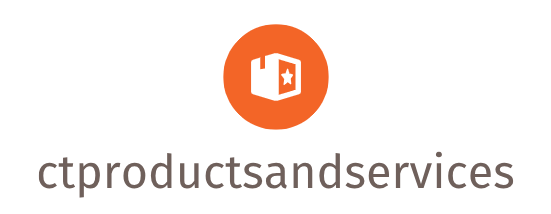
Know Your Audience
Table of Contents
ToggleKnow Your Audience
Before you can market your small business effectively, you need to understand your target audience. Knowing who your customers are, what drives them, and what challenges they face is crucial for creating impactful marketing strategies. Here’s how to get started:
- Identify Demographics:
- Determine the basic characteristics of your ideal customers, such as age, gender, location, income level, and education. This helps you tailor your messaging and choose the right platforms to reach them.
- Understand Psychographics:
- Go beyond demographics by exploring the values, interests, and lifestyles of your target audience. What are their hobbies? What do they care about? Understanding these aspects allows you to create more personalized and engaging content.
- Recognize Pain Points:
- Identify the challenges and problems your audience is facing. What keeps them up at night? How can your product or service solve these issues? Addressing pain points directly in your marketing can build trust and demonstrate value.
- Assess Buying Behavior:
- Analyze how your audience makes purchasing decisions. Are they impulsive buyers or do they take time to research? Do they value quality over price? Knowing their buying habits helps you craft compelling offers and calls to action.
- Conduct Surveys and Research:
- Use surveys, interviews, and market research to gather insights directly from your customers. This data provides a clear picture of their needs, preferences, and motivations, allowing you to refine your strategies.
Craft a Compelling Brand Story
Every successful business has a story. What is your brand story? What makes your business unique? What values do you stand for? A compelling brand story will help you connect with your audience on an emotional level and build a loyal following.
Embrace the Power of Digital Marketing
In today’s digital age, online marketing is essential for reaching your target audience. Consider using a variety of digital marketing channels, including:
- Social Media: Create engaging content and interact with your followers on platforms like Facebook, Instagram, Twitter, LinkedIn, and TikTok.
- Search Engine Optimization (SEO): Optimize your website and content for search engines to improve your visibility in search results.
- Email Marketing: Build an email list and send regular newsletters, promotions, and updates to your subscribers.
- Content Marketing: Create valuable and informative content, such as blog posts, articles, videos, and infographics, to attract and engage your target audience.
- Paid Advertising: Use paid advertising platforms like Google Ads and social media ads to reach a wider audience.
Leverage Local Marketing Strategies
Don’t underestimate the power of local marketing. Connect with your community by:
- Networking: Attend local business events, join industry organizations, and build relationships with other businesses.
- Community Involvement: Sponsor local events, donate to charities, and support local causes.
- Local Partnerships: Collaborate with other businesses in your area to cross-promote your products or services.
- Traditional Marketing: Use traditional marketing methods like flyers, brochures, and print advertising to reach local customers.
Word-of-Mouth Marketing: The Power of Referrals
Word-of-mouth marketing is one of the most powerful forms of advertising. Encourage satisfied customers to recommend your business to their friends and family. Offer referral programs and incentives to reward customers for spreading the word.
Customer Service: The Key to Building Loyalty
Exceptional customer service is essential for building loyalty and positive word-of-mouth referrals. Go above and beyond to meet customer needs, resolve issues promptly, and create a positive experience.
Measure Your Results: Track Your Progress
Don’t just market your business blindly. Track your results and analyze your data to see what’s working and what’s not. Use analytics tools to monitor website traffic, social media engagement, and other key metrics.
Adapt and Evolve: Stay Ahead of the Curve
The marketing landscape is constantly evolving. Stay up-to-date on the latest trends and technologies and be willing to adapt your strategies as needed. Experiment with new marketing channels and tactics to find what works best for your business.
Be Patient and Persistent: It Takes Time
Building a successful business takes time and effort. Don’t expect overnight success. Be patient, persistent, and stay focused on your goals.





.jpg)


